Reebok 2014 Annual Report Download - page 103
Download and view the complete annual report
Please find page 103 of the 2014 Reebok annual report below. You can navigate through the pages in the report by either clicking on the pages listed below, or by using the keyword search tool below to find specific information within the annual report.-
 1
1 -
 2
2 -
 3
3 -
 4
4 -
 5
5 -
 6
6 -
 7
7 -
 8
8 -
 9
9 -
 10
10 -
 11
11 -
 12
12 -
 13
13 -
 14
14 -
 15
15 -
 16
16 -
 17
17 -
 18
18 -
 19
19 -
 20
20 -
 21
21 -
 22
22 -
 23
23 -
 24
24 -
 25
25 -
 26
26 -
 27
27 -
 28
28 -
 29
29 -
 30
30 -
 31
31 -
 32
32 -
 33
33 -
 34
34 -
 35
35 -
 36
36 -
 37
37 -
 38
38 -
 39
39 -
 40
40 -
 41
41 -
 42
42 -
 43
43 -
 44
44 -
 45
45 -
 46
46 -
 47
47 -
 48
48 -
 49
49 -
 50
50 -
 51
51 -
 52
52 -
 53
53 -
 54
54 -
 55
55 -
 56
56 -
 57
57 -
 58
58 -
 59
59 -
 60
60 -
 61
61 -
 62
62 -
 63
63 -
 64
64 -
 65
65 -
 66
66 -
 67
67 -
 68
68 -
 69
69 -
 70
70 -
 71
71 -
 72
72 -
 73
73 -
 74
74 -
 75
75 -
 76
76 -
 77
77 -
 78
78 -
 79
79 -
 80
80 -
 81
81 -
 82
82 -
 83
83 -
 84
84 -
 85
85 -
 86
86 -
 87
87 -
 88
88 -
 89
89 -
 90
90 -
 91
91 -
 92
92 -
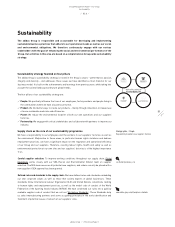 93
93 -
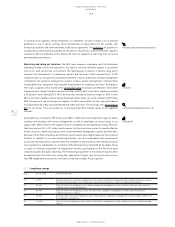 94
94 -
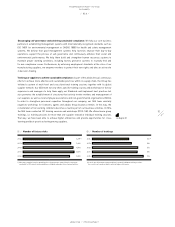 95
95 -
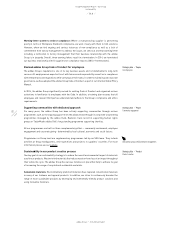 96
96 -
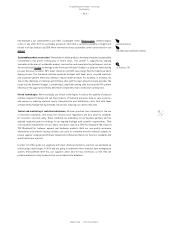 97
97 -
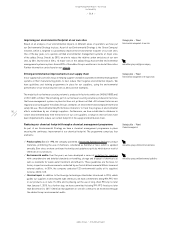 98
98 -
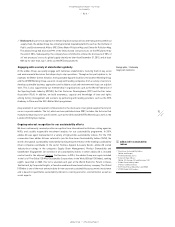 99
99 -
 100
100 -
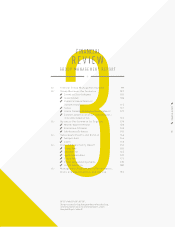 101
101 -
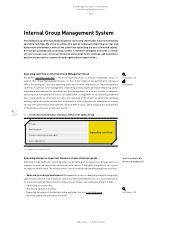 102
102 -
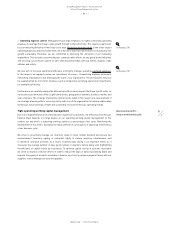 103
103 -
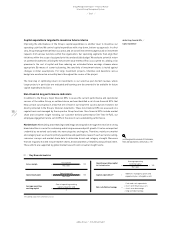 104
104 -
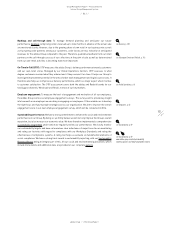 105
105 -
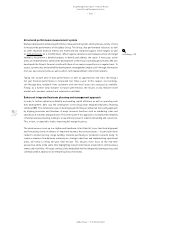 106
106 -
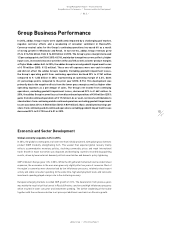 107
107 -
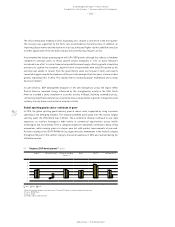 108
108 -
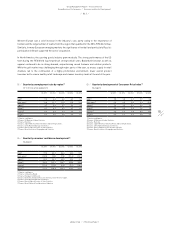 109
109 -
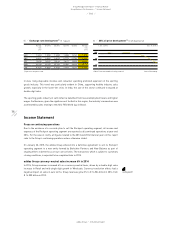 110
110 -
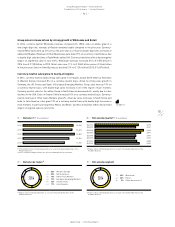 111
111 -
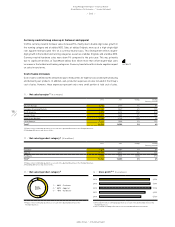 112
112 -
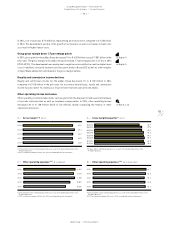 113
113 -
 114
114 -
 115
115 -
 116
116 -
 117
117 -
 118
118 -
 119
119 -
 120
120 -
 121
121 -
 122
122 -
 123
123 -
 124
124 -
 125
125 -
 126
126 -
 127
127 -
 128
128 -
 129
129 -
 130
130 -
 131
131 -
 132
132 -
 133
133 -
 134
134 -
 135
135 -
 136
136 -
 137
137 -
 138
138 -
 139
139 -
 140
140 -
 141
141 -
 142
142 -
 143
143 -
 144
144 -
 145
145 -
 146
146 -
 147
147 -
 148
148 -
 149
149 -
 150
150 -
 151
151 -
 152
152 -
 153
153 -
 154
154 -
 155
155 -
 156
156 -
 157
157 -
 158
158 -
 159
159 -
 160
160 -
 161
161 -
 162
162 -
 163
163 -
 164
164 -
 165
165 -
 166
166 -
 167
167 -
 168
168 -
 169
169 -
 170
170 -
 171
171 -
 172
172 -
 173
173 -
 174
174 -
 175
175 -
 176
176 -
 177
177 -
 178
178 -
 179
179 -
 180
180 -
 181
181 -
 182
182 -
 183
183 -
 184
184 -
 185
185 -
 186
186 -
 187
187 -
 188
188 -
 189
189 -
 190
190 -
 191
191 -
 192
192 -
 193
193 -
 194
194 -
 195
195 -
 196
196 -
 197
197 -
 198
198 -
 199
199 -
 200
200 -
 201
201 -
 202
202 -
 203
203 -
 204
204 -
 205
205 -
 206
206 -
 207
207 -
 208
208 -
 209
209 -
 210
210 -
 211
211 -
 212
212 -
 213
213 -
 214
214 -
 215
215 -
 216
216 -
 217
217 -
 218
218 -
 219
219 -
 220
220 -
 221
221 -
 222
222 -
 223
223 -
 224
224 -
 225
225 -
 226
226 -
 227
227 -
 228
228 -
 229
229 -
 230
230 -
 231
231 -
 232
232 -
 233
233 -
 234
234 -
 235
235 -
 236
236 -
 237
237 -
 238
238 -
 239
239 -
 240
240 -
 241
241 -
 242
242 -
 243
243 -
 244
244 -
 245
245 -
 246
246 -
 247
247 -
 248
248 -
 249
249 -
 250
250 -
 251
251 -
 252
252 -
 253
253 -
 254
254 -
 255
255 -
 256
256 -
 257
257 -
 258
258 -
 259
259 -
 260
260 -
 261
261 -
 262
262 -
 263
263 -
 264
264 -
 265
265 -
 266
266 -
 267
267 -
 268
268
 |
 |

Group Management Report – Financial Review
99
2014
Internal Group Management System
/
03.1
/
adidas Group
/
2014 Annual Report
/
Operating expense control: Management puts high emphasis on tightly controlling operating
expenses to leverage the Group’s sales growth through to the bottom line. This requires a particular
focus on ensuring flexibility in the Group’s cost base. Marketing working budget is one of our largest
operating expenses and at the same time one of the most important mechanisms for driving top-line
growth sustainably. Therefore, we are committed to improving the utilisation of our marketing
expenditure. This includes concentrating our communication efforts on key global brand initiatives
and focusing our promotion spend on well-selected partnerships with top events, leagues, clubs
athletes and artists.
We also aim to increase operational efficiency and tightly manage operating overhead expenses.
In this respect, we regularly review our operational structure – streamlining business processes,
eliminating redundancies and leveraging the scale of our organisation. These measures may also
be supplemented by short-term initiatives such as temporarily curtailing operational investments,
for example staff hiring.
Furthermore, we carefully analyse the different mix effects which impact the Group’s profit ratios, as
our business performance differs significantly across geographical markets, business models and
sales channels. The strategic implications and decisions taken in this respect are a key element of
our strategic planning efforts, ensuring clarity and focus of the organisation to balance and broaden
the Group’s future earnings stream and sustainably increase the Group’s operating margin.
Tight operating working capital management
Due to a comparatively low level of fixed assets required in our business, the efficiency of the Group’s
balance sheet depends to a large degree on our operating working capital management. In this
context, our key metric is operating working capital as a percentage of net sales. Monitoring the
development of this metric facilitates the measurement of our progress in improving the efficiency
of our business cycle.
We strive to proactively manage our inventory levels to meet market demand and ensure fast
replenishment. Inventory ageing is controlled tightly to reduce inventory obsolescence and
to minimise clearance activities. As a result, inventory days lasting is an important metric as it
measures the average number of days goods remain in inventory before being sold, highlighting
the efficiency of capital locked up in products. To optimise capital tied up in accounts receivable,
we strive to improve collection efforts in order to reduce the Days of Sales Outstanding (DSO) and
improve the ageing of accounts receivable. Likewise, we strive to optimise payment terms with our
suppliers to best manage our accounts payable.
see Glossary, p. 258
see Glossary, p. 258
adidas Group financial KPIs
/
Change in operating working capital
